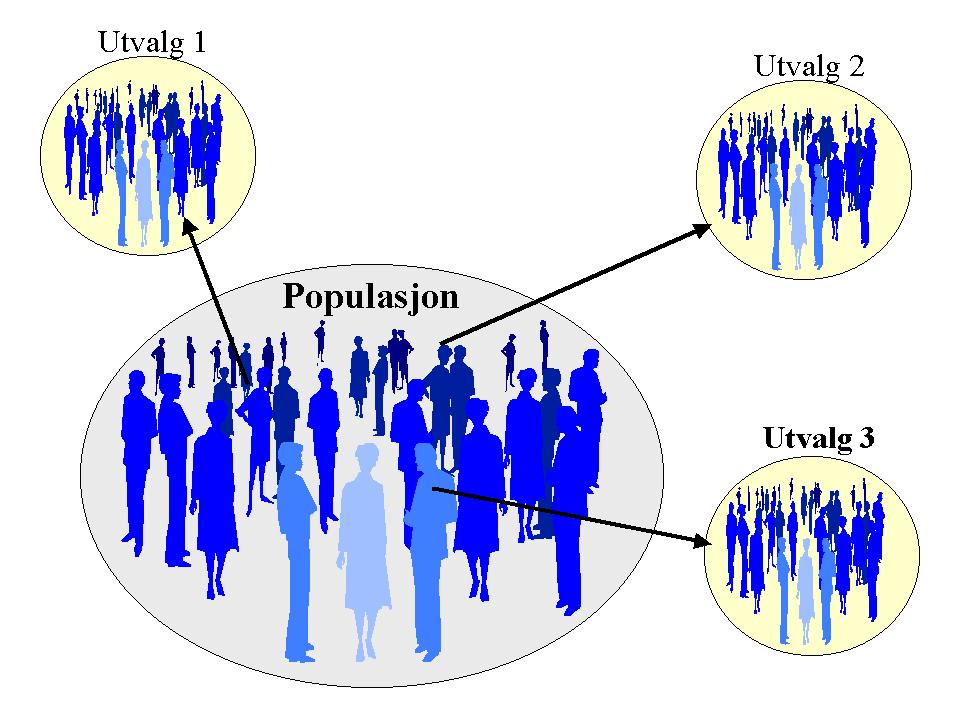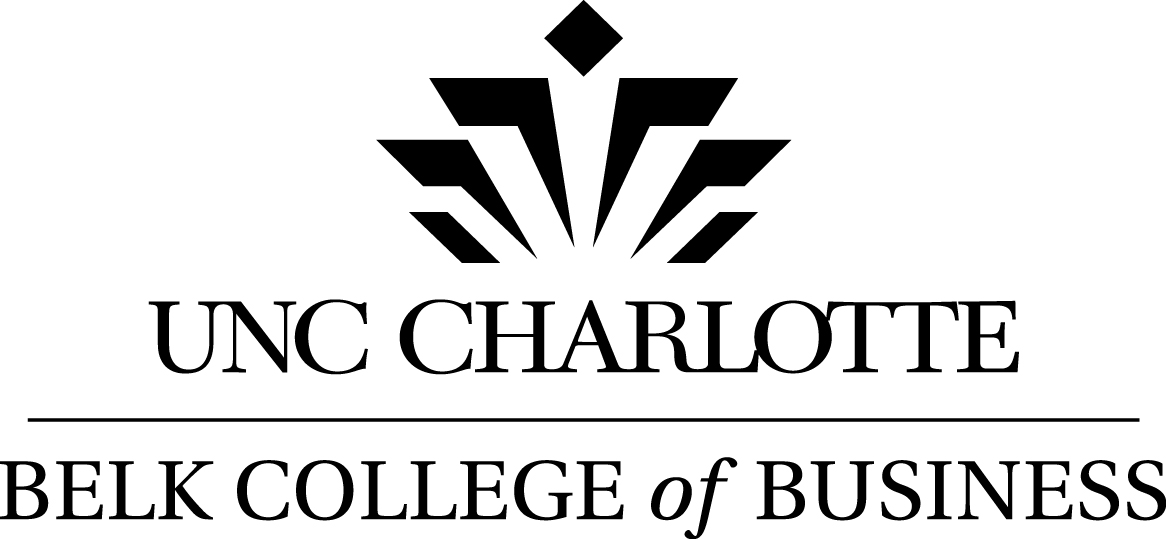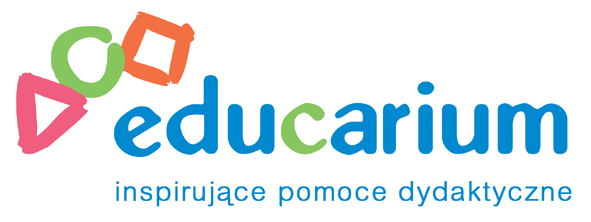division of budgets, kentucky department of education, april 2017 proposed flexible focus funds guidance ************ important fff fyi’s
Division of Budgets, Kentucky Department of Education, April 2017
PROPOSED Flexible Focus Funds GUIDANCE
************ IMPORTANT FFF FYI’S ************
*
all grants under flexible focus will be FIFTEEN (15) MONTH GRANTS
ENDING ON SEPTEMBER 30th OF THE SECOND YEAR
*
FFF cannot BE moved from preschool
*
FFF CANNOT BE MOVED FROM FUND 2
*
fff can be moved within grants until the end of the 2nd quarter or
december 31
*
all required documentation must be sent by march 15 or 4th quarter
payments will be held
*
districts will be allowed to carry forward 10% in each of the fff
grants (iNSTRUCTIONAL RESOUCES AND OPERATIONAL EXPENSES excluded).
any amount above the allowable 10% will be reduced from the next
year allocation
*
all carry forward must be expended by december 31
*
Expenditure reports for safe schools will be submitted
electronically along with the other cdip reports
What is the Flexible Focus Fund?
The Flexible Focus Fund (FFF) was created by the legislature beginning
with the 2003-2004 state budget. Basically, the allocations for five
categorical programs (Professional Development or PD, Extended School
Services or ESS, Preschool, Instructional Resources, and Safe Schools)
have been modified to permit the state and local school districts
additional flexibility in the distribution of program funds while
still addressing the governing statutes and serving the need and the
intended student population.
This flexibility changed with the passage of House Bill 406 pertaining
to the 2008-2010 Biennial Budget. Districts can move grant funds
within four programs: Professional Development, Extended School
Services, Instructional Resources, and Safe Schools. Districts are not
allowed to move funds from Preschool, however, funds may be moved into
Preschool.
The flexibility changed again with the passage of House Bill 235
pertaining to the 2014-2016 Biennial Budget. Districts may now utilize
FFFs for general operating expenses. The Kentucky Department of
Education (KDE) established a fund 2 project 15FX in MUNIS for
districts to use for operating expenses paid for with FFF. However
there are reporting requirements to IJCE involved.
Districts will receive a single allocation that covers all of these
programs. Revenue from the state should be coded as reflected on the
original grant award notifications, then moved as the guidelines below
indicate.
Services in each program area must still be provided according to all
statutes and/or regulations established for each program. As an
example, the requirement to pass on 65% of the district’s Professional
Development allocation to its schools is still in effect.
How does the 65% rule for PD allocations work?
The amount submitted to KDE as a budget for Professional Development
on the first Quarterly Expenditure Report becomes the districts
allocation for PD and is the amount subject to the 65% allocation
under KRS 160.345(8). Any transfers into the Professional Development
Fund after the first three months (September 30th) under the Flexible
Focus language would not be subject to the 65% rule. Any transfer out
to one of the other grants in FFF must be made from the district’s 35%
PD allocation.
How does the flexibility work?
The flexibility is only within the five FFF programs listed above and
the 15FX project for operating expenses. The district cannot move part
of this money into another program outside these six projects or move
any of the FFF money out of fund 2. The total amount of the allocation
for the six programs in the FFF must at all times match the allocation
received by the district from the state. In other words, if the state
sends you $500,000 for these five programs, then the district
shouldn’t show less than $500,000 in total revenue budgets for the six
projects.
The first step is for the district to analyze student needs at its
schools and determine what strategies were developed that could be
funded by programs in the fund. At the district level, it is
recommended that policies and procedures regarding the allocation of
FFF be developed.
How should the funds be allocated?
Districts can use one of the following methods to allocate these
funds:
Recommended Method
1.
Create the usual allocations to your schools for PD, ESS,
Preschool, Safe Schools, and Instructional Resources. Doing this
will mean you have met statutory and regulatory allocation
requirements (i.e. the 65% PD rule)
2.
Provide the allocations to the schools in a lump sum.
3.
Explain to the schools that they have until a certain date
(whatever date the district decides) to return an adjusted
allocation form to the district showing how the school actually
wants to use its Flexible Focus Funds. They can shift funds
between the Flexible Focus Funds or the Operational Expenditures
project.
4.
Create the district budget for each grant in Flexible Focus based
on what the schools return to you. Make sure these budgets are
accurate by the submission of your first quarterly expenditure
report in October.
Traditional Method
The second method for allocating the FFF is to determine, exclusively
at the district level, how much funding is required in each program to
provide needed services.
The district would then allocate an appropriate amount to each program
based on the needs. This more closely aligns with the former practice,
the difference being that the district determines the allocation
rather than the state.
Once each program’s allocation is determined, the district would
perform calculations to determine how much each school would receive
in the grant programs that are administered at the school level (ESS,
PD, Instructional Resources, and Safe Schools). Again, remember that
districts need to make sure that they are giving 65% of their PD
allocation to the schools.
As is currently the case, the district would then notify each school
council of their allocation for each program.
Use of FFF for Operating Expenses
Districts exercising the flexible language option for operative
expenses, will actually be transferring funds from the FFF grant into
the 15FX Operational Expenditures Project, which is still in fund 2.
The district will need to include the 15FX project on the quarterly
expenditure report as soon as the project is used. This will allow KDE
to submit an annual report to IJCE.
How will the district receive Flexible Focus Fund monies?
The FFF allocation will come to the district in four (4) installments.
The first will come as close to July 1 as possible. The second, third,
and fourth payments will come at the beginning of the next three
quarters (October, January, and April). Each distribution will be
identified on the check stub as FLEX-- (with -- being the last two
digits of the fiscal year). If all required documentation has not been
submitted by March 15, the 4th quarter payment will not be sent to the
district. This includes reports and any other documentation required
by program standards.
When are final budgets for Flexible Focus Fund Grants due?
Local school districts are no longer required to post the final budget
on the district’s web site. The budget will be taken from the 1st
quarter expenditure report which is submitted electronically on or
before October 25. There is not a MUNIS project code for the FFF. The
district should use the standard MUNIS project codes set up for each
grant in the FFF (as shown below). Quarterly expenditure reports must
be submitted to KDE by these dates: 1st quarter, October 25; 2nd
quarter, January 25; 3rd quarter, April 25; and 4th quarter, July 25.
Quarterly expenditure reports will be reviewed by KDE staff to ensure
that only allowable MUNIS codes are being budgeted and expended as
according to the funding matrix. If funds are budgeted to an
unallowable code, the district must amend the budget and resubmit a
new expenditure report to KDE showing the amendment. If funds are
spent from an unallowable code, the district must reimburse the grant
from their general fund.
ESS 120X
Preschool 135X
PD 140X
Instructional Resources 160X
Safe Schools 168X*
Operational Expenditure 15FX
*A separate budget report for Safe Schools is filed with the Center
for School Safety by June 30th each year. Expenditure reports for Safe
Schools will be submitted electronically along with the other CDIP
reports.
What if the district needs to move money from one Flexible Focus grant
to another after September 30th?
Changes to FFF grant program allocations within the fund can be made
until the end of the second quarter or December 31. After the third
quarter or March 31, KDE will notify districts if they have more than
25% remaining in the FFF. Unlike NCLB Transfers, there are no special
transfer codes for FFF, however there are new object codes for
transfers to the Flex Focus Operational Expenditures Project 15FX. It
will not be necessary to reflect separate revenue line items on
reports. When money needs to be moved from one program in FFF to
another (excluding 15FX), perform the following budget amendment.
INCREASE 220 3200 XXXX For grant receiving the transfer
DECREASE 220 3200 XXXX For grant giving the transfer
Amendments within an individual program in the FFF will follow normal
amendment guidelines.
What if the district wants to move money into the Flex Focus
Operational Expenditure Project?
Once the need to transfer funds for operational expenses has been
established at the district level (no prior KDE approval is
necessary), the transaction will be entered into MUNIS as follows:
EXAMPLE: District has $10,000 in FY17 Safe Schools 168C and wishes to
transfer $5,000 to use for general operating expenses. A budget
amendment and journal entry would be made in MUNIS as follows:
Budget Amendment
INCREASE revenue code in 15FC budget by $5,000 using 220-5254-15FC
(transfer in)
INCREASE appropriate expenditure code in 15FC budget by $5,000
DECREASE revenue code in 168C budget by $5,000 using 220-5261-168C
(transfer out)
DECREASE appropriate expenditure code in 168C budget by $5,000
Journal Entry
Debit 220-5261-168C $5,000
Credit 220-5254-15FC $5,000
How should expenditures for the grants in the Flexible Focus Fund be
reported?
Once you have established what allocation the district will give to
each program, the district should expend funds under the standard
MUNIS project code created for each individual grant.
ESS 120X
Pre-School 135X
PD 140X
Instructional Resources 160X
Safe Schools 168X
Operational Expenditures 15FX
What does the “10% carry forward” mean?
Each district will be allowed to carry forward up to 10% of the
allocation for ESS, Safe Schools, PD, and Preschool. Instructional
Resources and Operational Expenditure funding is exempt from the 10%
carry forward rule. The 10% will be based on the allocation after
adjustments have been made for flexible funding and as reflected on
the 2nd quarter report. Any amount above the allowable 10% carry
forward amount will be reduced from the next year’s allocation.
How will this be handled in MUNIS?
In order to simplify this process the district will not be required to
make any entries to “transfer” the carry forward to the next year
grant. Districts should simply leave the money in the year it was
received and spend that money before spending new year money.
Districts should have only current year money and one year prior open.
For example, if a district has money in 120A and 120B, they should
zero out the 120A funds by moving expenditures from 120B. This will
leave only 120B and 120C monies available.
Is the carry forward period the same for all grants?
Yes. The carry forward provision is the balance reflected on the date
that a particular grant is supposed to be completed. All five flexible
focus fund grants are fifteen (15) month grants that end on September
30th of the second year. Instructional Resources and Operational
Expenditure are excluded from carryforward.
 EKSPERIMENTET INNFØRING AV HENDELSER (UAVHENGIGE VARIABLE) I ET KONTROLLERT
EKSPERIMENTET INNFØRING AV HENDELSER (UAVHENGIGE VARIABLE) I ET KONTROLLERT PROCEDURES FOR DIRECTED INDIVIDUAL STUDIES (MBAD 6890) AN OUTLINE
PROCEDURES FOR DIRECTED INDIVIDUAL STUDIES (MBAD 6890) AN OUTLINE VICTORIAN SKILLS AND TRAINING EMPLOYER SURVEY FINAL REPORT PREPARED
VICTORIAN SKILLS AND TRAINING EMPLOYER SURVEY FINAL REPORT PREPARED NAME MATHEMATICAL MODELING EXERCISE MODELING THE SPREAD OF
NAME MATHEMATICAL MODELING EXERCISE MODELING THE SPREAD OF ANNEX 8–STANDARD CV (TRANSLATORSREVISERS) CURRICU LUM VITAE PERSONAL INFORMATION
ANNEX 8–STANDARD CV (TRANSLATORSREVISERS) CURRICU LUM VITAE PERSONAL INFORMATION PLIEGO DE CLÁUSULAS ADMINISTRATIVAS PARTICULARES PARA CONTRATOS ADMINISTRATIVOS DE
PLIEGO DE CLÁUSULAS ADMINISTRATIVAS PARTICULARES PARA CONTRATOS ADMINISTRATIVOS DE BINGO – LOTERYJKA (16) COPYRIGHT © 2011 BY EDUCARIUM
BINGO – LOTERYJKA (16) COPYRIGHT © 2011 BY EDUCARIUM SIMPOZION NAŢIONAL CU TEMA “EDUCAŢIA ECOLOGICĂ ŞI SOCIETATEA UMANĂ!”
SIMPOZION NAŢIONAL CU TEMA “EDUCAŢIA ECOLOGICĂ ŞI SOCIETATEA UMANĂ!”